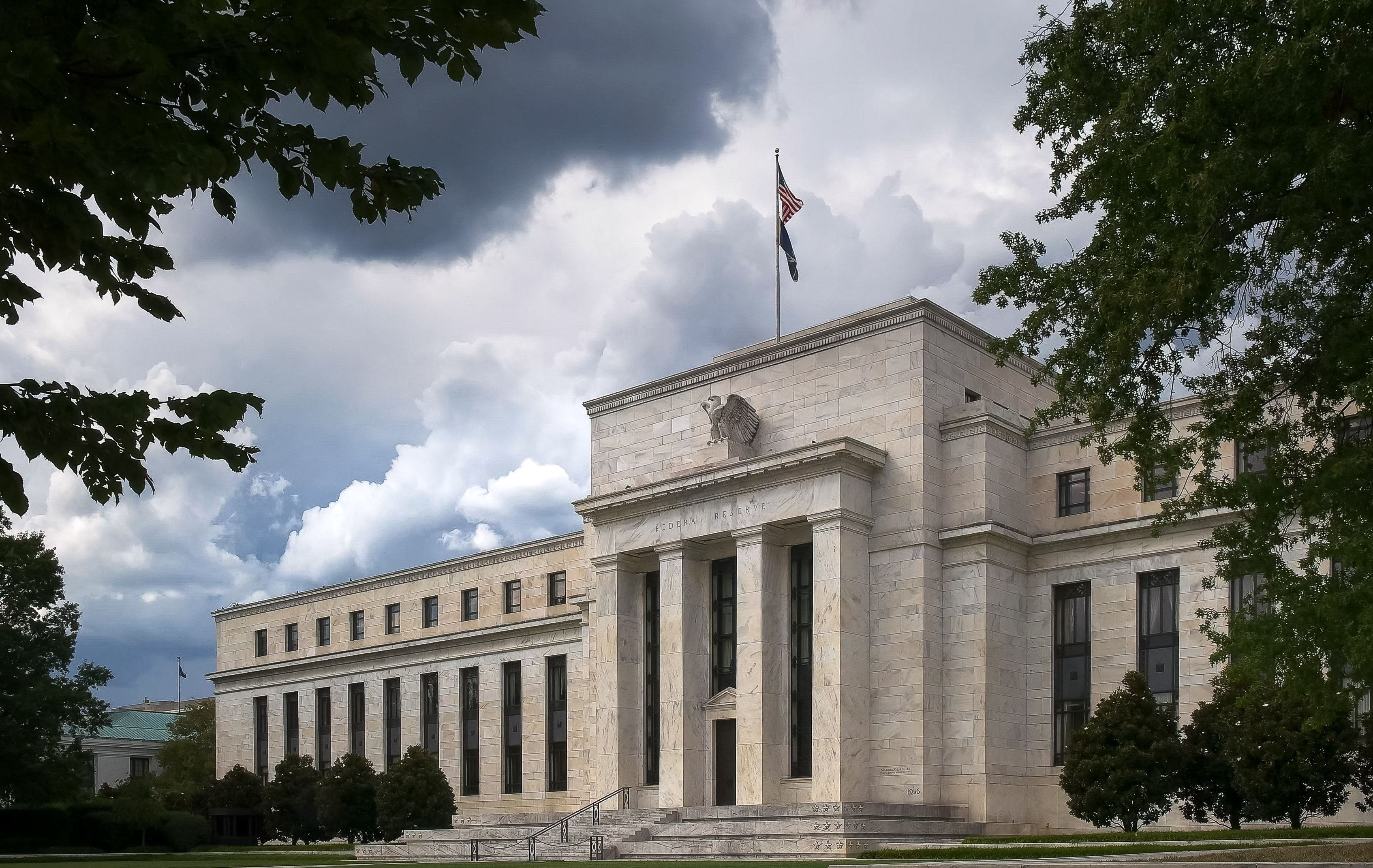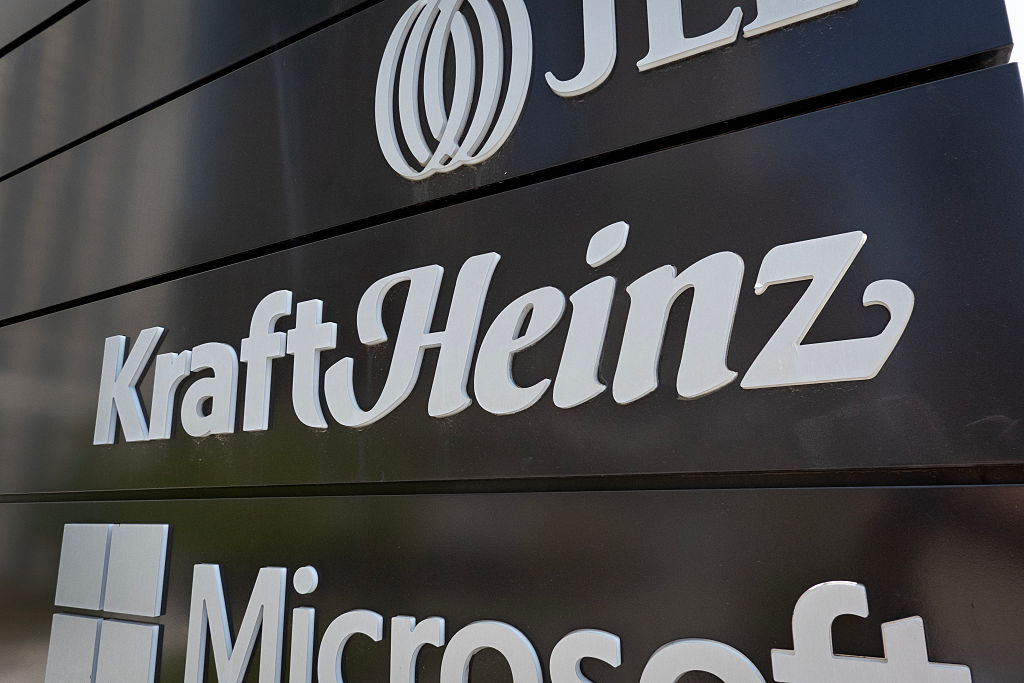Power of a Different Sort
Investing in alternative energy is dicey, because the next Microsoft is still in hiding.
Skyrocketing fuel prices and concerns about Middle East oil supplies, combined with a growing awareness of environmental damage caused by traditional fuels, have hurtled alternative-energy technologies into the mainstream. One research firm expects that revenues from renewable-energy sources -- including fuel cells, biofuels, and solar and wind-generated power -- will quadruple over the next ten years, to more than $200 billion.
The problem for investors is this: It's still early in the game. Alternative-energy companies are like the many start-ups in the early days of personal computers. "Everyone knows this is going to be big," says Lloyd Kurtz, a senior investment manager at Wells Fargo. "But at this point, we don't know what will be the Microsoft of the industry."
Alternative-energy stocks can also fluctuate wildly because their performance is tightly tied to the price of oil. To play this high-risk market, says Kurtz, investors should have "a long-term perspective and a strong stomach." The safest way to invest is through a mutual fund or an exchange-traded fund to spread the risk among a basket of stocks and categories (see the box on the next page). If, however, you'd rather buy individual stocks, we suggest some promising companies that are fit for buy-and-hold investing.
From just $107.88 $24.99 for Kiplinger Personal Finance
Become a smarter, better informed investor. Subscribe from just $107.88 $24.99, plus get up to 4 Special Issues

Sign up for Kiplinger’s Free Newsletters
Profit and prosper with the best of expert advice on investing, taxes, retirement, personal finance and more - straight to your e-mail.
Profit and prosper with the best of expert advice - straight to your e-mail.
Power from the sun
Solar power today is just a flyspeck, supplying less than 0.1% of the nation's energy. "This is a very small industry compared with its potential," says Tim Guinness, manager of the Guinness Atkinson Alternative Energy fund. "You can easily picture a world in which at least 5% to 10% of our energy comes from solar within 20 years' time."
Barriers, such as a shortage of silicon, that kept new entrants out of the industry are falling, along with costs to produce solar cells and equipment (although solar power is still at least twice as expensive as power from fossil fuels). One of the largest companies, Suntech Power (symbol STP), is based in China. That lets the company keep costs down and provides access to one of the world's fastest-growing economies. Suntech, which makes solar cells and modules, also serves customers in the U.S. and Europe. Recently $39, Suntech's stock trades at 35 times the $1.11 per share analysts expect it to earn in 2007, according to Thomson Financial. Analyst estimates of its rate of future earnings growth are all over the lot -- from as low as 30% annually to as high as 74%.
With the help of a federal tax credit, wind generators are able to produce electricity at a price that's nearly competitive with oil and gas. Although the industry was born in California in the early 1980s, on-again, off-again tax credits in the U.S. pushed the momentum overseas to Europe. Now, wind is again picking up speed stateside. The American Wind Energy Association estimates that wind-powered turbines will supply at least 6% of the nation's electricity by 2020 (up from less than 1% currently).
One of the few U.S. companies involved in wind-power generation that you can invest in is Zoltek (ZOLT). Zoltek makes carbon fiber, a strong, lightweight material first used in NASA rockets that permits wind-turbine blades to be longer and more durable than traditional fiberglass blades. Stuart Bush, an analyst with RBC Capital Markets, says that the company's low-cost manufacturing process is allowing it to increase capacity faster than its competitors can.
Zoltek isn't a pure wind-power play because only about 40% of its revenues come from wind-turbine producers (the remainder comes from makers of aircraft, automobiles and sporting goods). But wind power is likely to propel Zoltek's sales, which Bush predicts will rise 67%, to $154 million, during the company's 2007 fiscal year, which ends in September. The stock, which is up 79% since the beginning of 2007, recently traded at $35. Bush thinks it could be worth $45 within a year. The two analysts following the stock expect earnings to grow at a 50% annual rate.
The ethanol gamble
In addition to the sun and wind, there's money to be made on the farm. The federal government has put its faith in ethanol, a corn-based petroleum substitute that already makes up a small portion of the fuel pumped into many U.S. automobiles. Thanks to tax incentives from Uncle Sam, ethanol is guaranteed a market.
But clouding the outlook for ethanol producers is the soaring price of corn, which was recently $3.61 a bushel (it has historically traded closer to $2). That makes investing in this sector especially dicey. A relatively conservative bet is industry giant Archer Daniels Midland Co. (ADM), which produces ethanol and biodiesel (fuel refined from oil-rich crops).
Although ADM is ramping up its ethanol production capacity, biofuel accounts for just one-fourth of the company's profits. The remaining revenues come from turning agricultural products, such as soybeans, corn and wheat, into food and animal feed. But analysts at JPMorgan Chase expect ethanol to fuel a 26% boost in earnings this year, to $2.55 a share. At $39 recently, the company's stock is down from a high of $45 in May 2006. JPMorgan thinks the stock could be worth $53 in a year.
The big players
Not all the companies involved in alternative energy are small, speculative players. The largest U.S. wind-turbine manufacturer is General Electric, which also invests heavily in other energy-efficient technologies, such as compact fluorescent bulbs. Chemical manufacturer DuPont has its hand in biofuels. Even the oil giants, including BP and Royal Dutch Shell, have alternative-energy divisions. Don't forget about backdoor investments, such as agricultural-equipment maker Deere -- a play on ethanol.
Fund choices: Two picks for going green
Only one actively managed, no-load fund focuses on the alternative-energy sector. Guinness Atkinson Alternative Energy (symbol GAAEX; 800-915-6565) buys companies that dedicate more than half of their business to renewable energy. Manager Tim Guinness recently had one-fourth of assets in solar-power stocks, 14% in wind and 14% in hydropower. The fund gained 10% from its March 2006 inception to May 1. Its expense ratio is 1.98%.
Among exchange-traded funds, PowerShares WilderHill Clean Energy (PBW) holds 40 companies specializing in the production of clean energy, such as wind and solar power, and hydrogen fuel cells. Because it invests in many highly speculative, small- and micro-cap stocks, WilderHill can be a wild ride. The fund rose 14% this year to May 1, but steep losses in 2006 gave it a 12-month return of -11%. Annual fees are 0.71% of assets -- high by ETF standards.
Profit and prosper with the best of Kiplinger's advice on investing, taxes, retirement, personal finance and much more. Delivered daily. Enter your email in the box and click Sign Me Up.
-
 What to Do If You Plan to Make Catch-Up Contributions in 2026
What to Do If You Plan to Make Catch-Up Contributions in 2026Under new rules, you may lose an up-front deduction but gain tax-free income once you retire.
-
 If You'd Put $1,000 Into Lowe's Stock 20 Years Ago, Here's What You'd Have Today
If You'd Put $1,000 Into Lowe's Stock 20 Years Ago, Here's What You'd Have TodayLowe's stock has delivered disappointing returns recently, but it's been a great holding for truly patient investors.
-
 How to Max Out Your 401(k) in 2026 (New Limits are Higher)
How to Max Out Your 401(k) in 2026 (New Limits are Higher)In 2026, the maximum contribution limits for 401(k) plans have increased, giving you an excellent shot at maximizing your retirement savings.
-
 What the Rich Know About Investing That You Don't
What the Rich Know About Investing That You Don'tPeople like Warren Buffett become people like Warren Buffett by following basic rules and being disciplined. Here's how to accumulate real wealth.
-
 How to Invest for Rising Data Integrity Risk
How to Invest for Rising Data Integrity RiskAmid a broad assault on venerable institutions, President Trump has targeted agencies responsible for data critical to markets. How should investors respond?
-
 What Tariffs Mean for Your Sector Exposure
What Tariffs Mean for Your Sector ExposureNew, higher and changing tariffs will ripple through the economy and into share prices for many quarters to come.
-
 How to Invest for Fall Rate Cuts by the Fed
How to Invest for Fall Rate Cuts by the FedThe probability the Fed cuts interest rates by 25 basis points in October is now greater than 90%.
-
 Are Buffett and Berkshire About to Bail on Kraft Heinz Stock?
Are Buffett and Berkshire About to Bail on Kraft Heinz Stock?Warren Buffett and Berkshire Hathaway own a lot of Kraft Heinz stock, so what happens when they decide to sell KHC?
-
 How the Stock Market Performed in the First 6 Months of Trump's Second Term
How the Stock Market Performed in the First 6 Months of Trump's Second TermSix months after President Donald Trump's inauguration, take a look at how the stock market has performed.
-
 Fed Leaves Rates Unchanged: What the Experts Are Saying
Fed Leaves Rates Unchanged: What the Experts Are SayingFederal Reserve As widely expected, the Federal Open Market Committee took a 'wait-and-see' approach toward borrowing costs.
-
 Fed Sees Fewer Rate Cuts in 2025: What the Experts Are Saying
Fed Sees Fewer Rate Cuts in 2025: What the Experts Are SayingFederal Reserve The Federal Reserve cut interest rates as expected, but the future path of borrowing costs became more opaque.